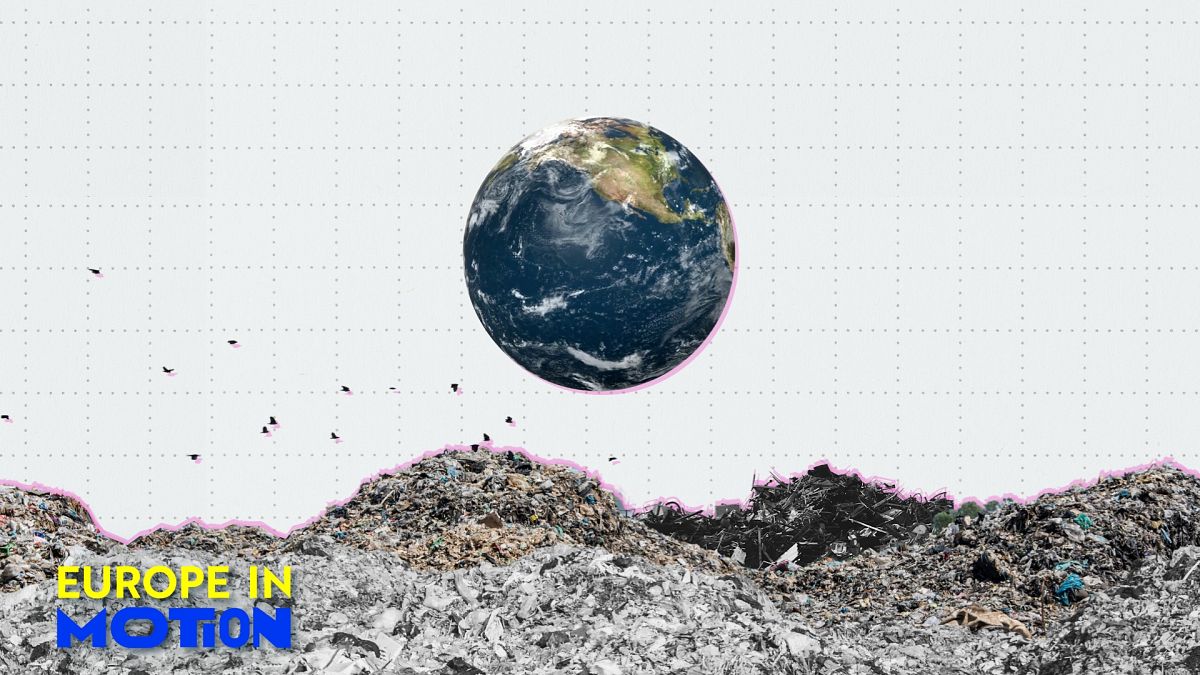ADVERTISEMENT
In Europe, around three-quarters of plastic is used mainly for non-packaging purposes, including construction, furniture, textiles and consumer electronics.
In Western Europe, the average annual plastic consumption is around 150kg per person, more than twice the global average of 60kg.
The use of plastic in Europe is set to reach 101.2 million tonnes by 2040, according to the Organisation for Economic Co-operation and Development (OECD).
Until 14 August, nations from around the world are convening at a UN conference in Geneva to negotiate a deal aimed at tackling plastic pollution, including in the marine environment.
The main points of discussion include reducing the production levels of single-use plastics, banning some of the most harmful chemicals found in plastics, establishing universal guidelines for the design of plastic products, and securing financing for these initiatives.
However, there has been strong opposition from a group of oil-producing nations, including Russia and Saudi Arabia. They prefer that the discussions focus not on reducing production, but rather on improving waste management and increasing recycling efforts.
At the EU level, Commissioner for the Environment, Water Resilience and a Competitive Circular Economy, Jessika Roswall, is attending the Ministerial Segment of the negotiations.
Globally, 460 million tonnes of plastic are produced every year, and 81% of plastic products end up as waste in less than a year.
Only 9% of this waste is recycled, more than one-fifth is dumped in nature, and almost half ends up in landfill sites.
Post-consumer recycled plastics accounted for 10.1% of the European plastics production, according to Plastics Europe.
How are plastics impacting nature?
As plastic consumption continues to rise, it is projected that mismanaged waste will increase by 47% and plastic leakage into the environment will rise by half by 2040.
In the EU, there has already been a 9% increase in the unintended release of microplastics into the environment.
Approximately 85% of marine litter originating from land-based sources is plastic, which poses risks to marine life and human health through the food chain.
In addition to environmental pollution, plastic production significantly contributes to climate change.
In the EU, annual emissions related to plastic production total around 13.4 million tonnes of CO2.
Read the full article here


